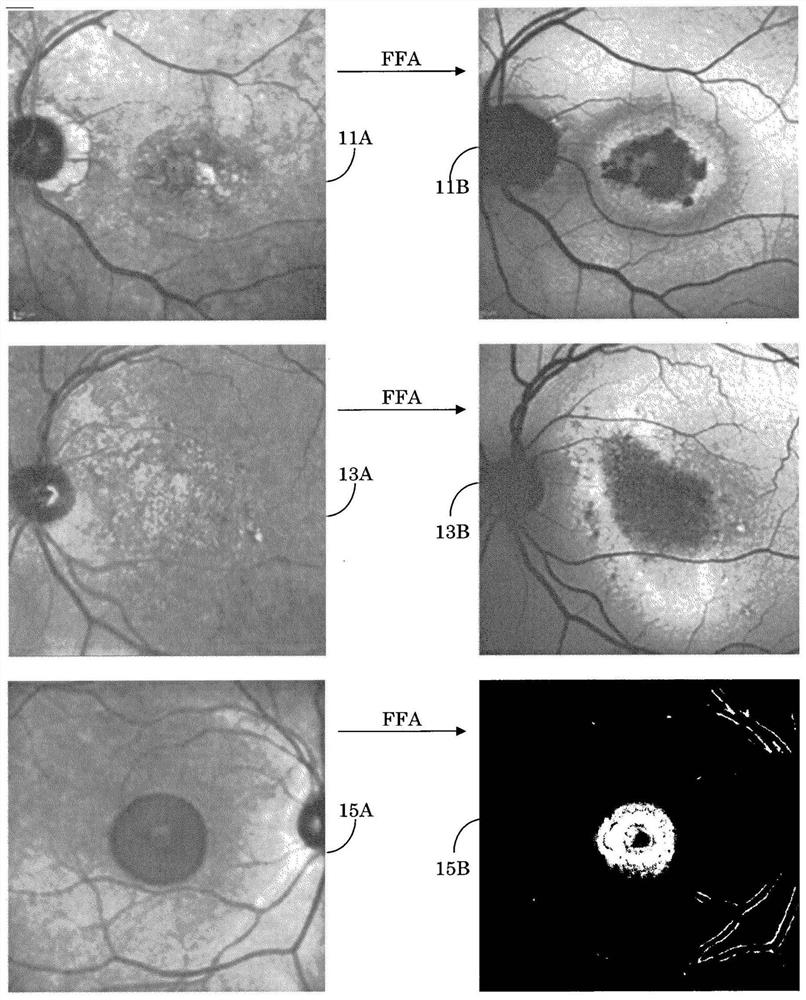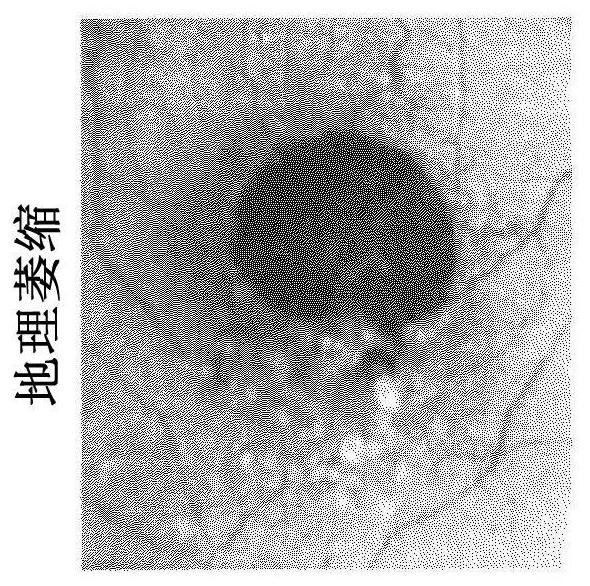Segmentation and classification of geographic atrophy patterns in patients with age related macular degeneration in widefield autofluorescence images
A geography and image technology, applied in image analysis, image data processing, image enhancement and other directions, can solve the problem of time-consuming
- Summary
- Abstract
- Description
- Claims
- Application Information
AI Technical Summary
Problems solved by technology
Method used
Image
Examples
Embodiment Construction
[0034] Early diagnosis is critical to the successful treatment of various eye diseases. Optical imaging is the method of choice for noninvasive examination of the retina. Although age-related macular degeneration (AMD) is known to be a leading cause of vision loss, a diagnosis is often not made until the damage is present. Therefore, the goal of advanced ophthalmic imaging devices is to provide diagnostic tools to help detect and monitor pathological changes in the preclinical stages of diseases.
[0035] A variety of ophthalmic imaging systems are known in the art, such as fundus imaging systems and optical coherence tomography systems, which may be used with the present invention. Examples of ophthalmic imaging modes are provided below, see for example Figure 13 with 14 . Any of these devices can be used to provide an image of the fundus, which is the inner surface of the eye opposite the lens (or lens) of the eye, and which can include the retina, optic disc, macula, f...
PUM
 Login to View More
Login to View More Abstract
Description
Claims
Application Information
 Login to View More
Login to View More - R&D
- Intellectual Property
- Life Sciences
- Materials
- Tech Scout
- Unparalleled Data Quality
- Higher Quality Content
- 60% Fewer Hallucinations
Browse by: Latest US Patents, China's latest patents, Technical Efficacy Thesaurus, Application Domain, Technology Topic, Popular Technical Reports.
© 2025 PatSnap. All rights reserved.Legal|Privacy policy|Modern Slavery Act Transparency Statement|Sitemap|About US| Contact US: help@patsnap.com



